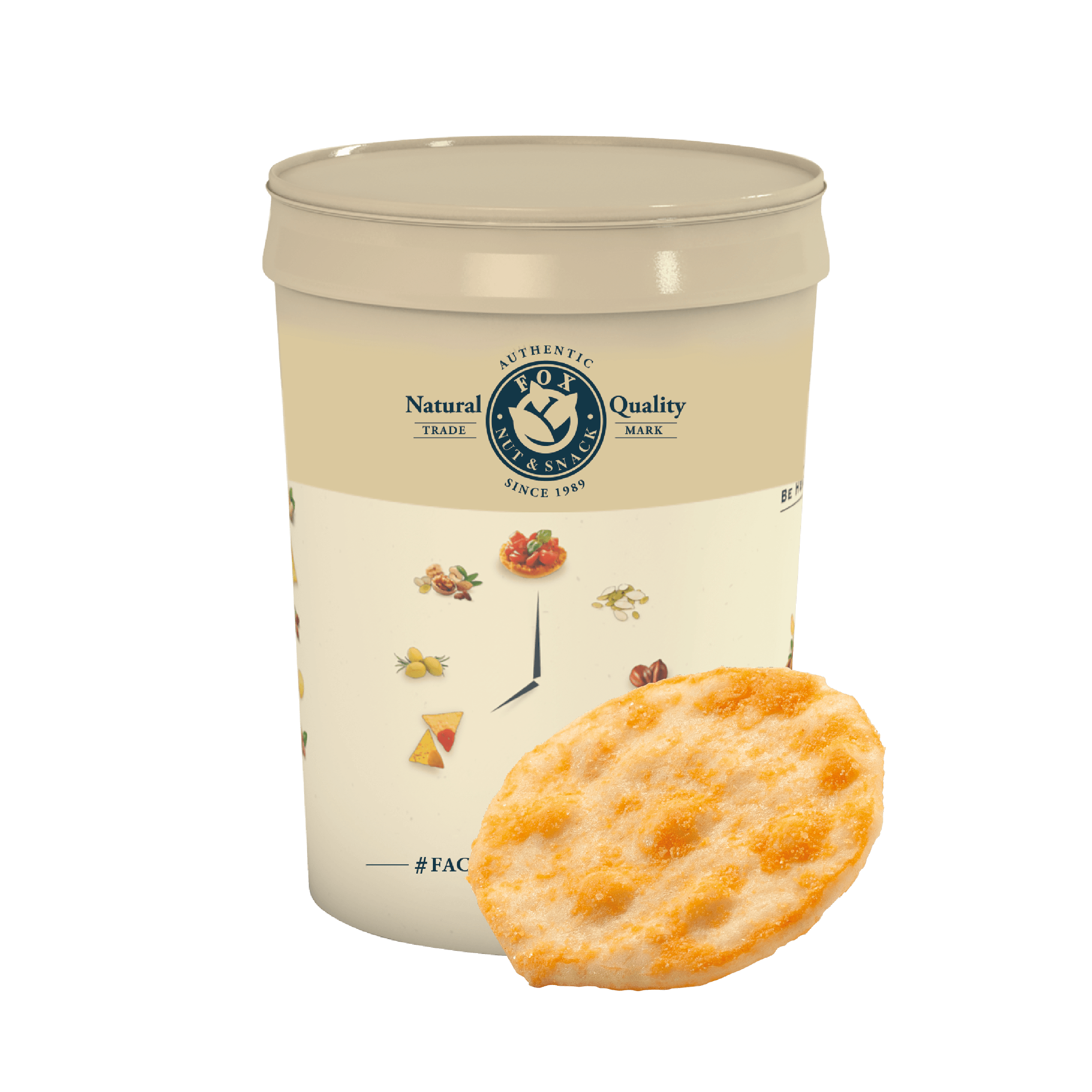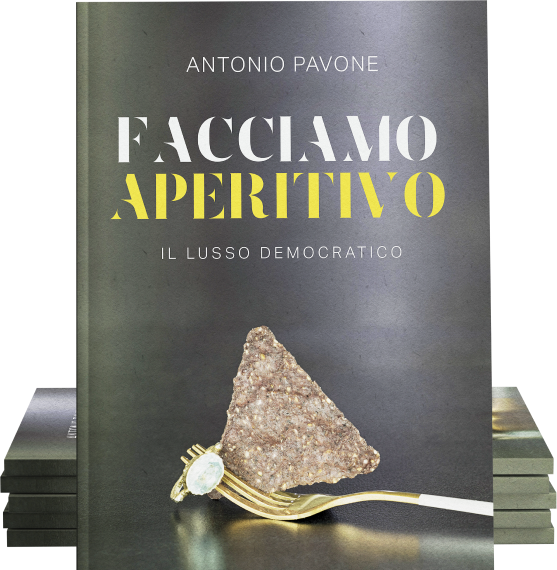
| 100 g | |
|---|---|
| Energy value | 370 Kcal / 1564 Kj |
| Protein | 5.6 g |
| Carbohydrates | 73.3 g |
| of which sugars | 6.9 g |
| Salt | 0.69 g |
| Fiber | 2.9 g |
| Fat | 5.4 g |
| of which saturated fatty acids | 2.0 g |
To correctly recycle the plastic containers of "Giant Salted Corn", follow these steps:
1. Empty the Container: Ensure that the container is completely empty. Remove any remnants of corn or other materials inside.
2. Clean: If possible, briefly rinse the container under running water to remove any residues of salt or oil. This step is not always necessary for recycling plastic, but it can help keep the recycling stream clean.
3. Check the Recycling Symbol: Look for the recycling symbol on the bottom of the container. Most plastic containers will have an identification code that indicates the type of plastic (for example, PET 1, HDPE 2, etc.). This code will help you determine if the container can be recycled in your municipality.
4. Follow Local Guidelines: Recycling regulations vary by location. Some municipalities accept all types of plastic in the recycling collection, while others require that certain types of plastic be taken to specialized collection centers. Check your local guidelines to ensure you are following the correct procedures.
5. Dispose in the Right Bin: Once you have confirmed that the plastic container can be recycled, dispose of it in the bin designated for the recycling of plastic materials.
6. Consider Creative Recycling: Besides traditional recycling, consider if there are creative ways to reuse the containers. They may be suitable for DIY projects, such as plant pots, containers for small items, or for artistic activities.
Remember that recycling and reusing materials significantly contribute to reducing the environmental footprint and conserving natural resources. Every little action can make a difference!
Available in the format:
Single pack of 1000 gr
Bar pack 3 pieces of 1000 gr.
Welcome to the irresistible world of 'Follie'! These small, crispy, and slightly salty puff pastry discs transform every moment into an experience of pure pleasure. These delightful bites are light and delicious, creating a symphony of flavors perfect for accompanying your moments of relaxation.
Their unique crispiness and the delicacy of the salt make them the ideal accompaniment for a sparkling wine or a refreshing cocktail. But 'Follie' doesn't stop there – they are the perfect companion for a classy aperitif. Pair them with rosemary-flavored chips, black pepper with truffle, and create an explosive combination. They can also add a touch of sophistication to an Italian antipasto or become the star of a lavish buffet for a memorable aperitif.
From the unmistakable flavor to the irresistible crunchy sensations, 'Follie' is an invitation to be transported into a world of pure palate enjoyment. One disc after another, they take you into a whirlwind of pleasure that will make every moment an unforgettable gourmet experience.


 |
| 100 g | |
|---|---|
| Energy value | 370 Kcal / 1564 Kj |
| Protein | 5.6 g |
| Carbohydrates | 73.3 g |
| of which sugars | 6.9 g |
| Salt | 0.69 g |
| Fiber | 2.9 g |
| Fat | 5.4 g |
| of which saturated fatty acids | 2.0 g |
To correctly recycle the plastic containers of "Giant Salted Corn", follow these steps:
1. Empty the Container: Ensure that the container is completely empty. Remove any remnants of corn or other materials inside.
2. Clean: If possible, briefly rinse the container under running water to remove any residues of salt or oil. This step is not always necessary for recycling plastic, but it can help keep the recycling stream clean.
3. Check the Recycling Symbol: Look for the recycling symbol on the bottom of the container. Most plastic containers will have an identification code that indicates the type of plastic (for example, PET 1, HDPE 2, etc.). This code will help you determine if the container can be recycled in your municipality.
4. Follow Local Guidelines: Recycling regulations vary by location. Some municipalities accept all types of plastic in the recycling collection, while others require that certain types of plastic be taken to specialized collection centers. Check your local guidelines to ensure you are following the correct procedures.
5. Dispose in the Right Bin: Once you have confirmed that the plastic container can be recycled, dispose of it in the bin designated for the recycling of plastic materials.
6. Consider Creative Recycling: Besides traditional recycling, consider if there are creative ways to reuse the containers. They may be suitable for DIY projects, such as plant pots, containers for small items, or for artistic activities.
Remember that recycling and reusing materials significantly contribute to reducing the environmental footprint and conserving natural resources. Every little action can make a difference!

